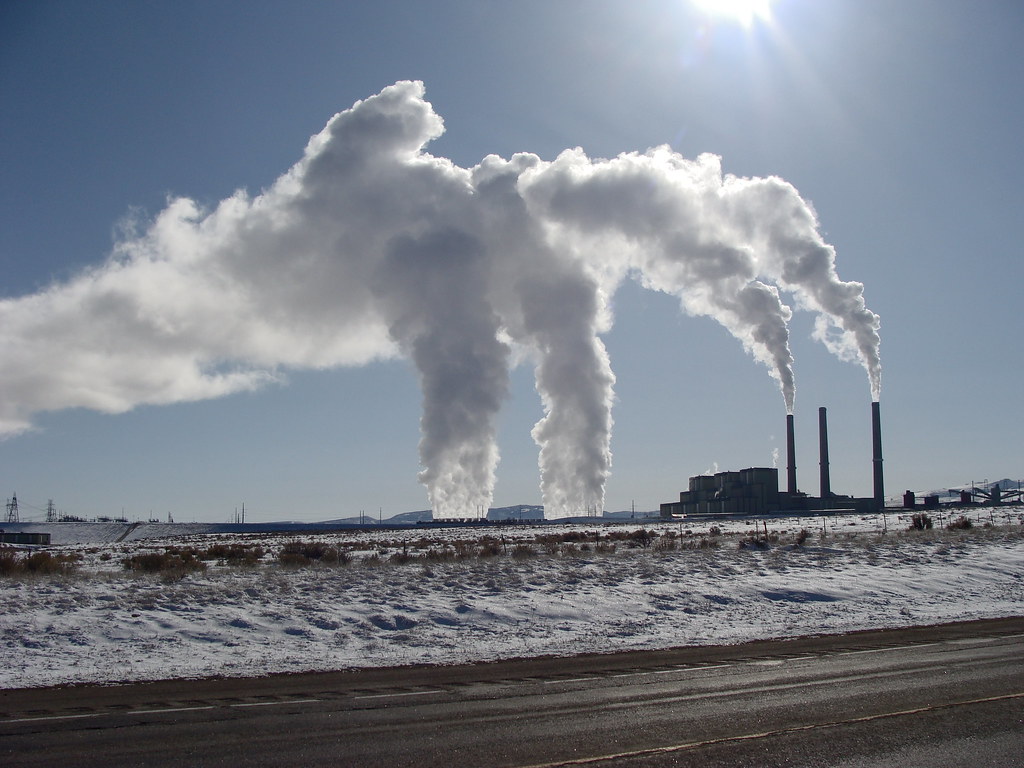By Nick Hodder.
The United States Supreme Court recently agreed to take a closer look at the Environmental Protection Agency’s (“EPA”) statutory authority. Specifically, the Court agreed to hear four cases challenging the agency’s power to limit CO2 emissions from coal power plants. The actual cases—West Virginia v. EPA, 20-1530; North American Coal Co. v. EPA, 20-1531; Westmoreland Mining Holdings v. EPA, 20-1778; and North Dakota v. EPA, 20-1780—should be heard early next year, but even agreeing to hear these cases sent shockwaves through the energy and environmental sectors.
The Clean Air Act
The EPA is responsible for setting environmental policy and regulating pollution in the United States. These cases address the Clean Air Act (“CAA”), the principle federal statute regulating air emissions. The provision at issue empowers the EPA to identify the “best system of emission reduction” for pollution sources and requires the states to create implementation plans to combat those sources.
To the petitioners in these cases, this statutory provision looks like a sweeping grant of power. They claim that under the CAA, the EPA could exert undue influence over any sector of the economy where stationary sources emit greenhouse gasses. They contend that such a grant of authority—to an administrative agency no less—cannot be within the ambit of Congress’s original intentions for the CAA. To the EPA, however, this grant of authority seems consistent with the intent behind the CAA—to clean the nation’s polluted air.
Regulatory Uncertainty
Environmental statutes walk a delicate line between accepting present economic realities and attempting to steer the country towards a cleaner future. The CAA does not authorize the EPA to immediately shut down all coal power plants, for example, but it does authorize the agency to require technological shifts to minimize pollution. However, even that level of regulatory oversight is highly controversial. Climate change is a theoretical problem for many Americans; putting food on the table is much more tangible. Even when living on polluted land, power plant workers are frequently anti-regulation when regulations threaten to shut down the plant.
Emissions restrictions in the energy sector have been contentious from the beginning. In 2015, the EPA issued the first-ever attempt to set national limits on climate pollution from existing coal and natural gas power plants. Under this rule—Obama’s Clean Power Plan—states were encouraged to shift electricity generation from higher-emitting sources, such as coal, toward lower-emitting options, such as renewable power. As expected, more than half the states and many industry groups challenged this rule in the federal district courts. Responding to the legal uncertainty in the lower courts, the Supreme Court froze implementation of the rule in February 2016 until the legal battles were resolved. However, the battles stretched on, and a Trump rulemaking in 2019 repealed the Clean Power Plan without it ever being implemented. The cases currently before the Court arise from a lower court’s ruling that overturned the Trump-era rule, restoring some of the EPA’s previous authority.
Where We Go From Here
The Supreme Court’s decisions in these cases will have far reaching consequences for Arizona. In the past five years, Arizona has been steadily moving away from coal as an energy source. In 2018, almost 30% of the electricity generated in Arizona was from coal; in 2020 that number shrunk to 12%. Natural gas and solar energy production grew while a major coal power plant—the Navajo Generating Station—was phased out. A more diversified and cleaner energy portfolio is the future; this Supreme Court ruling risks reversing that progress.
If the Court strips the EPA of its authority to require the best systems for reducing emissions, the agency will lose one of its primary methods for combating air pollution. If freezing the Obama-era rule was the equivalent of burning a letter the EPA wrote, stripping the EPA of authority here would be like taking the pen away so the EPA can never write letters again. Alternatively, a Supreme Court ruling affirming the EPA’s authority would preempt the inevitable challenges to Biden’s rule once it comes out, streamlining implementation of a new era of climate-based regulations. This decision goes to the very foundation of regulatory power in our country.
The court released its decision to hear the cases while President Biden was en route to an international climate conference in Glasgow, Scotland. Until these cases are resolved, the President’s power to implement emissions-based climate policy is severely limited. The Biden administration was waiting on a new EPA rulemaking to set the emissions agenda for the nation. The President, accordingly, requested the Supreme Court to wait to address this issue until the new rule was released. The administration asserted that “as part of that upcoming rulemaking, EPA will take a fresh look at the scope of its authority.” However, the Court took up the case regardless, and now the national climate agenda is stalled until the judicial process plays out.
Conclusion
At this point, the future of America’s emissions is once again tied up in the judicial system, at the discretion of the nine men and women in the highest court in the land. The decision will have consequences reaching far beyond the energy sector. Climate change is a fundamental threat to not just our nation, but the world. How we confront that threat—if we rise to the occasion or punt it down the road—will be dictated by this decision. For all of our sakes, I hope the Supreme Court gets this one right.

